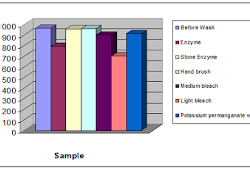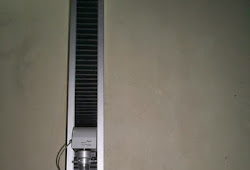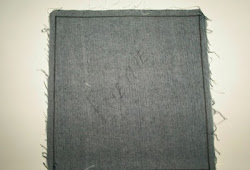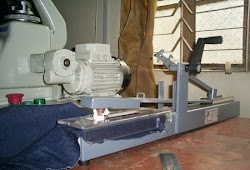Now You Know Bio-Stone Washing for Garments
Monday, 21 January 2019
Edit
Bio-Stone Washing with Celluloses for Garments
Noor Ahmed Raaz
B. Sc in Textile Engineer (CU)
Specialized in Apparel Manufacturing
Merchandiser, A.M.C.S Textile Ltd (AEPZ)
Email: raju.uttara105@gmail.com
B. Sc in Textile Engineer (CU)
Specialized in Apparel Manufacturing
Merchandiser, A.M.C.S Textile Ltd (AEPZ)
Email: raju.uttara105@gmail.com
Stone washing added a new dimension to denim garments in the late 1970s: the process enabled artificial ageing of denim garments which imparted a fashionably aged look. As the name 'stone washing' implies, the blue jeans were washed with pumice stones to achieve a faded look. Due to the disadvantages of using pumice stones, such as machine damage, blocking of the drainage system, difficulty in removing pumice-stone residues and excessive damage to garment hems and seams, alternative methods for stone washing were developed.
Cellulose enzymes were introduced in the 1980s as a denim-washing, aid to achieve a faded and abraded look similar to that provided by pumice stones. Cellulose works by loosening the indigo dye on the denim in a process know as 'bio-stone washing'. A small dose of enzyme can replace several kilograms of pumice stones.
Bio-stone washing has opened up new possibilities in denim finishing by increasing the variety of finishes available. For example, it is now possible to fade denim to a greater degree without running the risk of damaging the garment. Productivity can also be increased because laundry machines contain fewer stones or no stones and more garments. The use of less pumice stone results in less damage to garment and machine, and less pumice dust in the laundry environment.
 |
| Bio-stone washed jeans |
Celluloses have been used for the past twenty years and it is estimated that approximately 80% of denim garments are processed in this way. Celluloses are enzymes that are specific for the hydrolysis of the beta-1, 4 glucose linkage of cellulose. The reaction mechanism of the naturally occurring cellulose enzymes on cellulose is very complicated and several different enzymes – endoglucanases, cellobiohydrolases and beta-glucosidases – are synergistically involved in the chain of reactions needed to break down cellulose into glucose. The first type of celluloses introduced to market was derived from the Trichoderma family, a fungus with the longest history of cellulose research.
The second phase in the, development of cellulose was the introduction of products based on another fungus called Humicola insolens. These celluloses soon became known as the neutral celluloses, as they could work in a more neutral pH environment. A special feature of the neutral celluloses is their ability to provide the stonewashed look with minimal indigo re deposition during the treatment. Thus the jeans and other denim garments would have a higher contrast between white and blue yarns, and the inside pockets as well as the leather labels would not be stained with indigo. However, the reaction time of this enzyme is slow and its use requires a longer processing time.
Related:
Since then, much progress has been made in the development of cellulose compositions, which are customized to achieve specific applications. Research and development activities have been focused on a new generation of cellulose enzymes whose composition has been altered through genetic engineering to provide higher abrasion contrast, reduced back staining, improved fabric-strength retention and broadened operating pH and temperature ranges. The development of modern biotechnology brought new tools for scientists to create new, better cellulose products for textile applications. IndiAge® Super (Genencor International) are the examples of genetic engineered cellulose with improved features.
IndiAge Super, an engineered component enzyme, is the first cold cellulose in the market that works effectively at low temperatures and provides high contrast finish. The optimal temperature range of the enzyme is 40 to 45°C, which is significantly lower than that of other celluloses, thereby resulting in energy savings for processors. Also, the cold cellulose can be used to treat elastic denim fabric, which might be susceptible to fabric damage by conventional cellulose treatment at higher processing temperature.
Sumber http://textilelearner.blogspot.com







